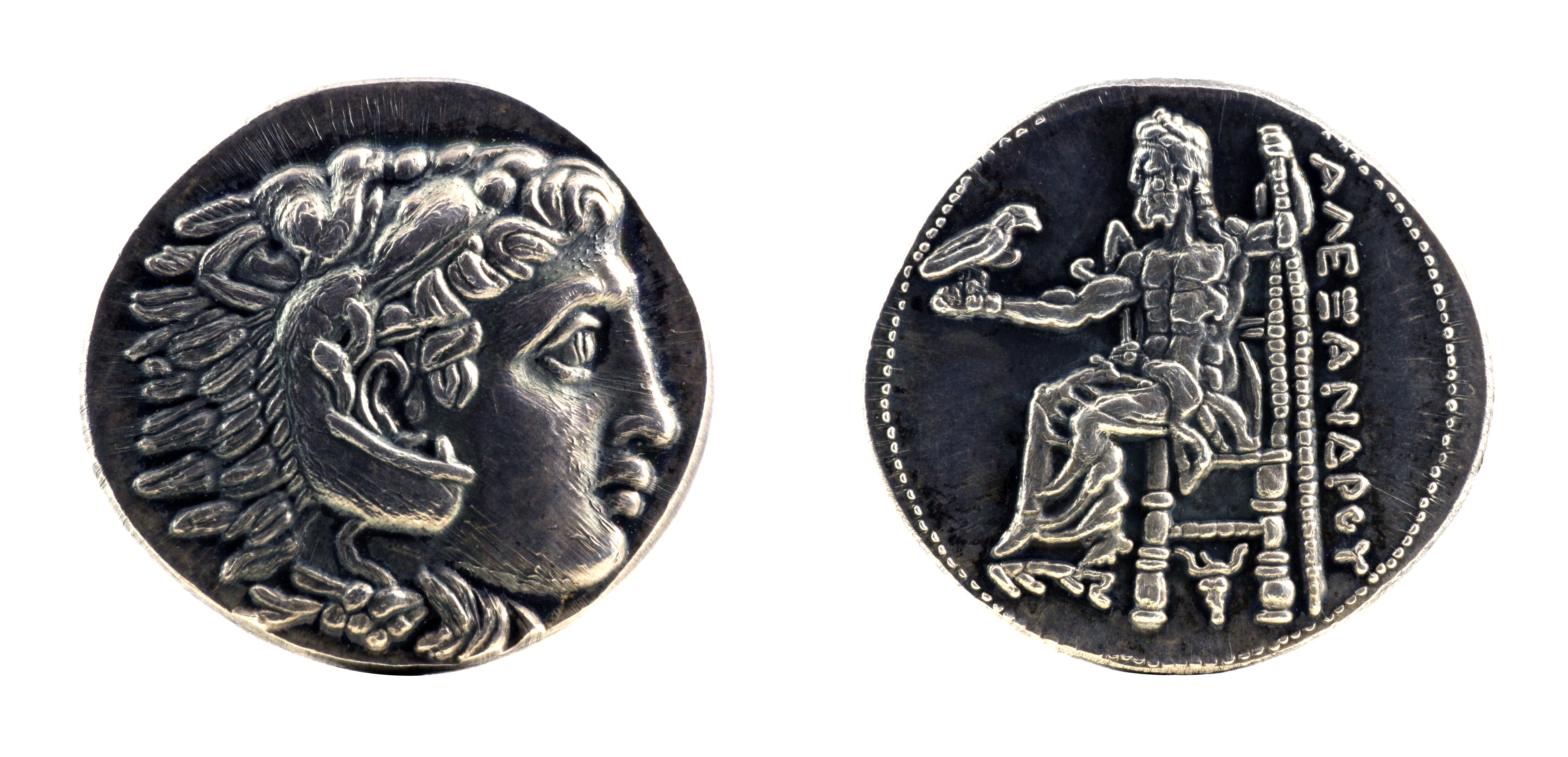
Update: I have revised my calculations here. Adjusted the value of an Athenian talent from 10 years salary today up to 400 years salary due to the dramatic improvement in our wealth and standard of living in the last 200 years (the Great Betterment). Also adjusted from estimated average wage in the U.S. of $20 an hour to average wage for skilled construction worker of $70,000 per year. That takes the rough valuation from $20 billion to $1,400 billion, or $1.4 trillion. That actually seems to make sense in a very rough way.
Continuing my discussion of a few tidbits of financial information from Alexander the Great’s military campaigns.
When Alexander approached Susa, the capital of Persia, news of his non-stop victories preceded him. Previous cities he captured surrendered before he arrived. That typically spared most citizens their lives and prevented the torching of the city.
Thus, Susa was handed to him without a fuss, except for a huge amount that Darius III carted off well in advance of Alexander’s arrival.
The author looks at the various reports of how much loot was acquired. Integrating the report that is likely to be most reliable with the other reports results in an estimate Alexander capturing a haul of 40,000 talents of uncoined bullion and about 10,000 talents of gold coin. The gold is roughly valued by expressing the amount what it would be in silver value.
Apparently the Persians didn’t cast most of their precious metals into coins, instead preferring to mint what they needed as they needed it.
Revised value of a talent
Multiple changes have shifted the relative value of gold and silver in relation to each other and in relation to their purchasing power. Instead of converting a talent of silver into ounces and converting that to current dollars at current exchange rates, I’ll start looking at piles of money in terms of average days wages.
Warning: I plan to update my valuation of a Talent based on the radical improvement in living standards that has developed since the Industrial Revolution.
The rough approximation is that 2 drachma is about what a skilled worker or a mercenary would make in a day.
Comments from Professor Frank Holt in his book The Treasures of Alexander the Great: How One Man’s Wealth Shaped the World, which I previously mentioned:
- At Kindle location 1782 the comment says Alexander capped the cost of a banquet at 10,000 drachmas which is 5,000 days pay for a skilled Greek construction worker.
- Location 1797 says guests at a banquet could eat 160 drachma of food which was 80 days pay for a mercenary of the day.
What we have then, or perhaps just what I will approximate for now, is:
- 2 drachma = average wage for skilled laborer, or a soldier
- 1 mina = 100 drachma
- 1 Athenian talent = 60 minae = 6,000 drachmae
- 1 Athenian talent would have 17.01 kg pure silver or 18.9 kg at face weight
One Athenian talent would then represent:
- 3,000 days wages for skilled worker (6,000 drachmae in Athenian talent divided by 2 drachmae per day wages)
- 500 weeks wages, for 6 days a week
- 9.6 years wages, at 52 weeks per year at 6 days a week
- 10 years wages at 50 weeks per year, round 52 down by 4% to 50 weeks to make it easier to calculate, which is reasonable given how rough the calculations are.
Thus my current approximation is that one Athenian talent is about 10 years wages for skilled workers.
Approximate value of the haul from looting capital of Persia
The loot at Susa would then be:
- 40,000 Talents of uncoined bullion, or raw silver
- 10,000 Talents of gold coins, which I will assume is expressed as the equivalent in silver, since that is the meaurement assumption Prof. Holt mentions several times.
- 50,000 Talents – total haul at Susa of precious metals
- 10 years wages per talent
- 500,000 years wages
- 5,000 centuries of wages for an average worker
Having made that calculation, I’ll blow up the entire exercise. The values above include only precious metals. That does not include spices, tapestries, pottery, clothes, weapons, or all the other valuables looted from the capital. So the 5,000 centuries of wages excludes a large, unknown, unquantifiable amount of loot. Thus the haul is actually 5,000 centuries of wages plus another humongous number for a total of we-don’t-have-a-clue.
Ok, now back to the only portion we can even begin to quantify….I’ll try to convert the precious metals to dollars. I’ll assume $40,000 for an approximation for a US worker, which is $20 an hour.
The haul from Susa could be valued at something vaguely in the range of somewhere around $20 billion, applying a somewhat average US wage to years wages in a Talent.
Reminder: I’m going to revise my calculation dramatically.